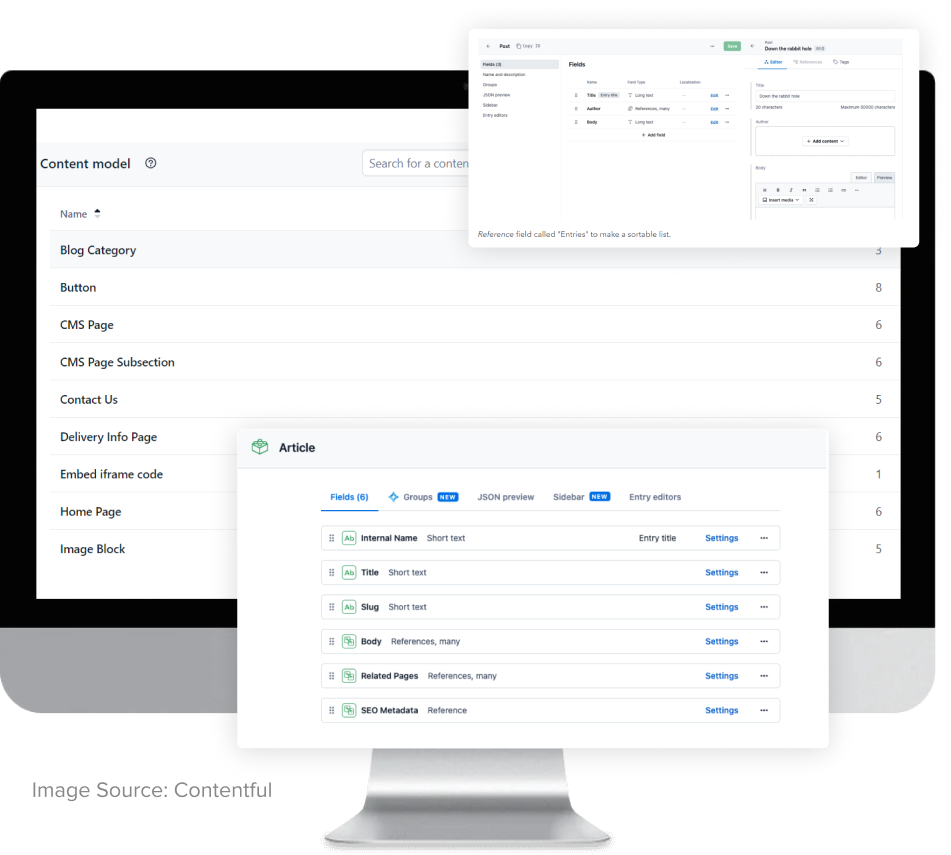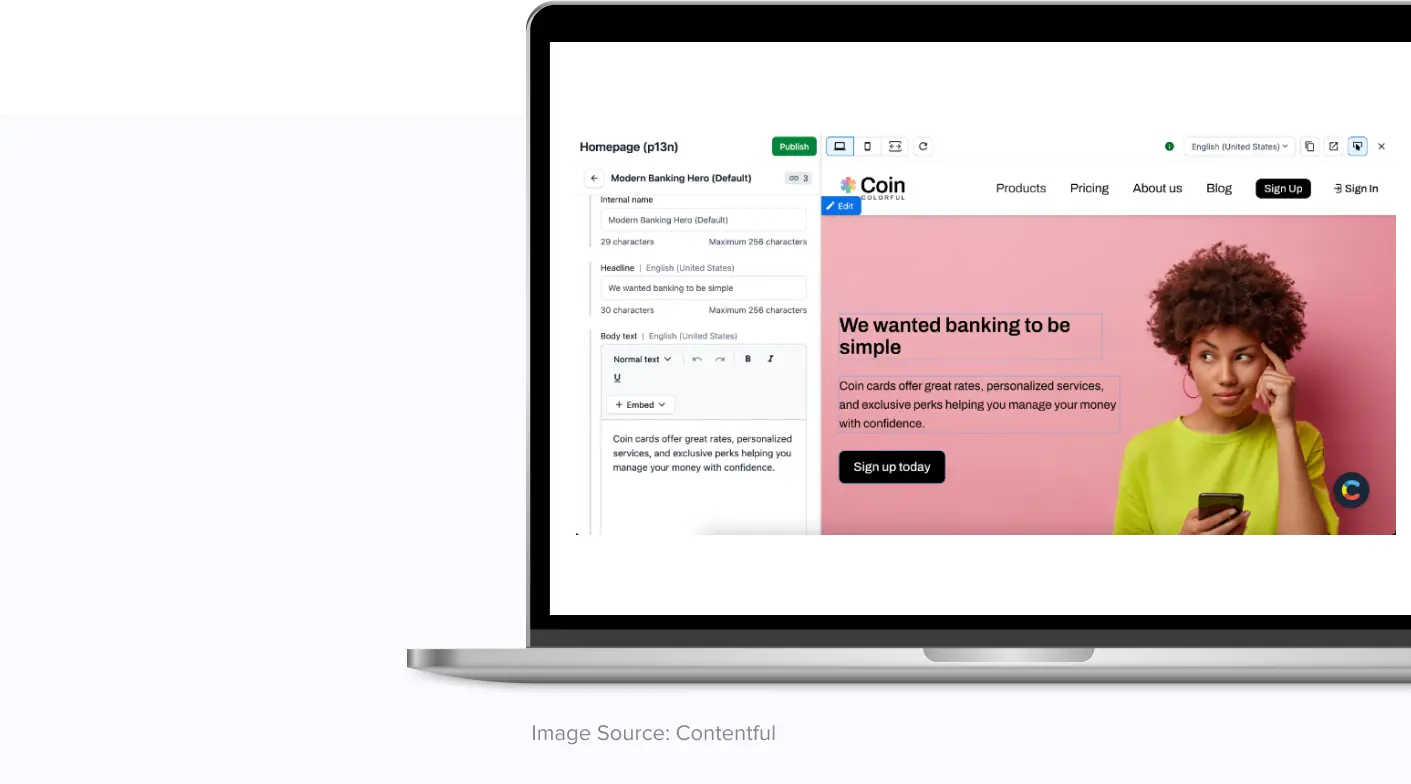
Reduction in content type usage, improving site performance.
Countries supported with multi-channel content delivery.
A leading global cryptocurrency exchange struggled with an inefficient Contentful CMS implementation that required developer intervention for routine content updates across their multi-channel platform serving over 70 countries. They came to Net Solutions when they began to experience issues with their data model, slowing down content creation due to unnecessary reliance on developers and creating problems with design control and page optimization. Marketing teams could not independently adjust website content for product or landing pages. The teams faced significant delays in content creation and campaign launches due to rigid data models and excessive developer dependencies.
Net Solutions optimized the business’s Contentful implementation by restructuring the content model, creating flexible templates, and implementing performance-oriented design guidelines, enabling real-time marketing capabilities without developer resources while improving overall site performance.
01. Content Model Optimization
02. User Experience Enhancement
03. Marketing Enablement
04. Performance Optimization
The team identified and reclaimed 9 unnecessary content types, implementing a streamlined model using variant and type fields. This restructuring reduced content type usage from 75% to 25%, significantly improving database efficiency.
At the heart of every Contentful implementation is a content model. Get it right, and editors can seamlessly assemble content to create new experiences on the fly without developer resources. This data model helps provide “guardrails” around how each content type is structured and how it relates to the rest of the site (taxonomy). Net Solutions created a balanced content model that provided marketing flexibility while maintaining necessary design constraints. The new structure encompassed previously missing content types like product and landing pages, enabling comprehensive content management.

The team configured content type layouts for key pages and created standardized content blocks, ensuring brand integrity through enforced design limitations while maintaining user interface consistency across the website.
Implementation focused on clean lines and simple page organization, optimizing usability and accessibility to drive higher engagement and user satisfaction rates. Ideally, this increases conversion and retention rates, as visitors can navigate the site easily and find the information they need.
The optimized system allowed non-technical users to manage and update pages independently, enabling rapid strategy iteration and quick promotional content updates without developer intervention.
Previously, the marketing team could only modify blog posts and articles without the help of a developer. However, any new or revised landing page or product page would require extensive developer assistance, causing significant delays and inefficiencies. The marketing team can update every defined content type with the newly revised content model without coding.

The new structure supported content delivery across multiple platforms and over 70 countries, creating a scalable system for global content management.
Net Solutions utilized tools like Lighthouse, GT Matrix, Wiselow, and Google to audit performance, accessibility, and SEO metrics, identifying and resolving performance bottlenecks.

The team conducted concurrency testing to ensure robust performance during simultaneous user access, creating a more reliable platform for global operations.
11601 Wilshire Blvd
5th Floor
Los Angeles, CA 90025
USA
+1 (305) 767-3821
101 Avenue of the Americas,
8th Floor, New York City,
New York, 10013
USA
+1 (305) 767-3821
111 Queen Street
East South Building
Suite 450, Toronto,
ON M5C 1S2 Canada
+1 (416) 720-1790
6th Floor
9 Appold Street
London, EC2A 2AP
UK
+44 (20) 3807-3803
Site no. 15, Rajiv Gandhi
Chandigarh Technology Park,
Chandigarh 160101
India
+91 172 4315000